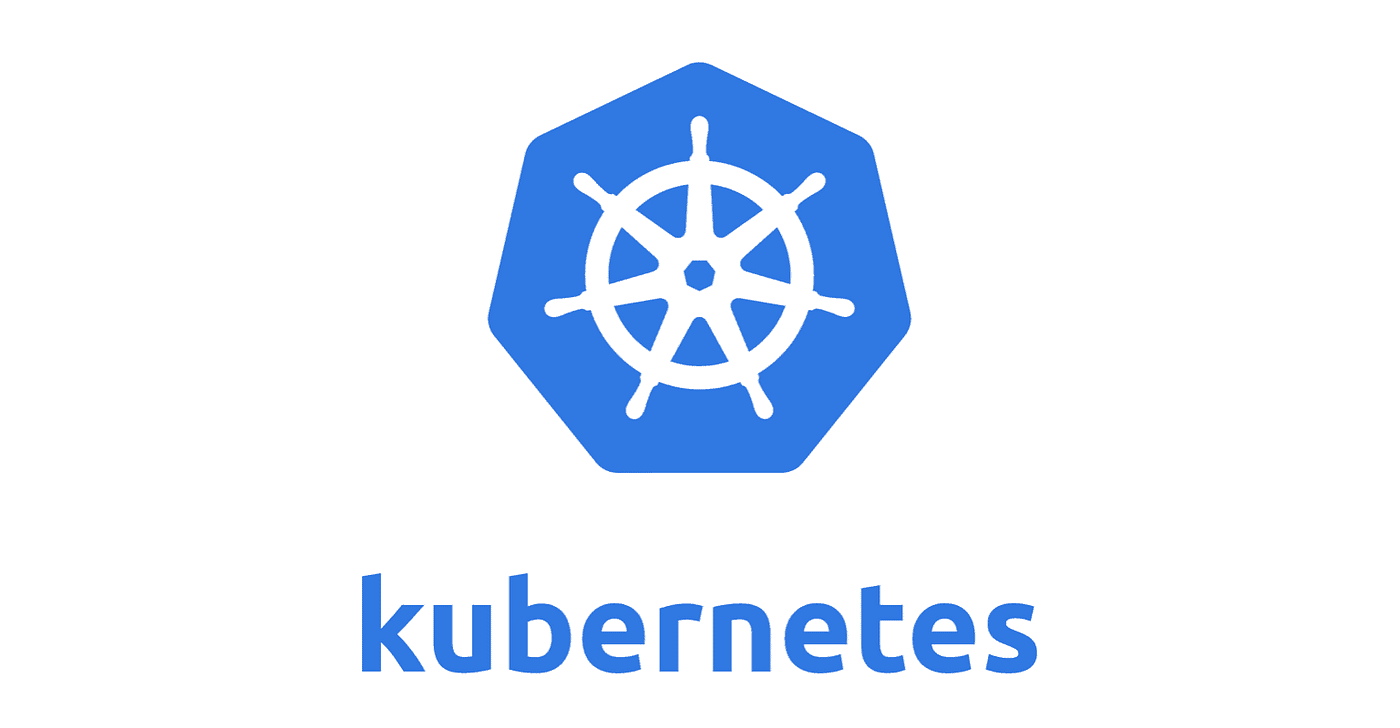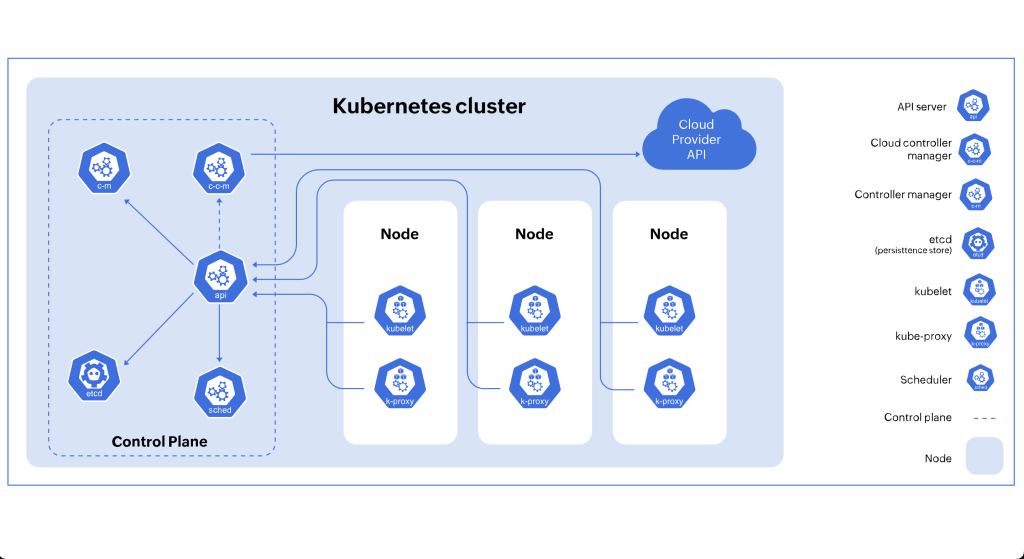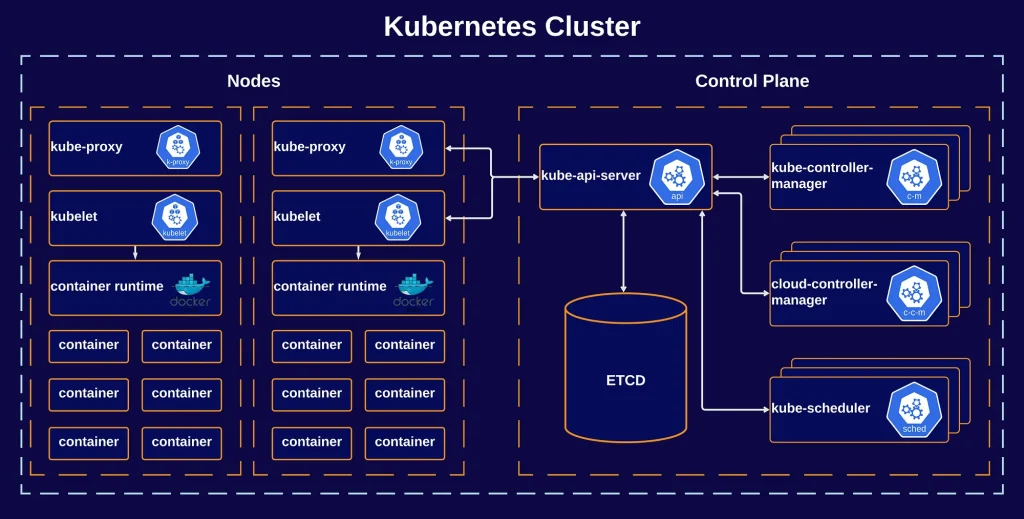What is Kubernetes (K8s)?

Kubernetes (K8s) is an open-source platform designed to automate deploying, scaling, and operating application containers. Originally developed by Google, Kubernetes has become the industry standard for container orchestration, and it is now maintained by the Cloud Native Computing Foundation (CNCF).
The Evolution of Containers
Before diving into what Kubernetes does, it’s essential to understand the context in which it was developed: the rise of containers.
Containers: Containers are lightweight, stand-alone, executable software packages that include everything needed to run a piece of software, including the code, runtime, system tools, libraries, and settings. This makes them incredibly portable and consistent across different environments, from development to production.
Docker: Docker popularized the use of containers by providing tools to easily create, deploy, and run applications in containers. However, as the use of containers grew, managing them at scale became challenging. This is where Kubernetes comes into play.

What Kubernetes Does
Kubernetes is often described as a “container orchestrator.” Here’s what that means:
Automated Deployment and Scaling: Kubernetes automates the deployment and scaling of containers. It ensures that the desired state of your application is always maintained, meaning it will automatically start new containers if one fails, scale up the number of containers when demand increases, and scale them down when demand drops.
Load Balancing and Service Discovery: Kubernetes provides built-in service discovery and load balancing. It distributes network traffic to ensure that the application remains available and responsive.
Self-Healing: Kubernetes automatically restarts containers that fail, replaces containers, kills containers that don’t respond to user-defined health checks, and doesn’t advertise them to clients until they are ready to serve.
Automated Rollouts and Rollbacks: Kubernetes manages updates to your application in a controlled way. You can define how updates should be rolled out, and Kubernetes will handle them, ensuring that the application stays available throughout the process. If something goes wrong, Kubernetes can roll back to a previous version.
Secret and Configuration Management: Kubernetes allows you to manage sensitive information, such as passwords, OAuth tokens, and SSH keys, using secrets. It also provides configuration management to decouple configuration artifacts from image content to keep containerized applications portable.

Key Components of Kubernetes
Pods: The smallest and simplest Kubernetes object. A Pod represents a single instance of a running process in your cluster and usually contains one or more containers.
Nodes: A Node is a worker machine in Kubernetes. Each node contains the services necessary to run Pods and is managed by the control plane.
Clusters: A Cluster is a set of Nodes controlled by the Kubernetes control plane. It’s the foundation on which Kubernetes manages all other resources.
Namespaces: Kubernetes namespaces provide a mechanism for isolating groups of resources within a single cluster.
Ingress: Ingress manages external access to services in a cluster, typically HTTP. It provides load balancing, SSL termination, and name-based virtual hosting.
Why Use Kubernetes?
Scalability: Kubernetes can scale up to thousands of nodes and millions of containers. It’s designed for high availability and fault tolerance, making it a robust solution for large-scale applications.
Flexibility: Kubernetes works with virtually any type of container runtime, and it’s cloud-agnostic, meaning you can run Kubernetes on any public cloud, private cloud, or on-premises infrastructure.
Community and Ecosystem: Kubernetes has a vast and active community, which means there’s a wealth of knowledge, tools, and resources available to help you get the most out of it.
Conclusion
Kubernetes has revolutionized how modern applications are deployed and managed, making it easier to build and scale containerized applications across any environment. As more organizations adopt microservices and cloud-native architectures, Kubernetes is poised to remain a crucial part of the DevOps toolkit for years to come.